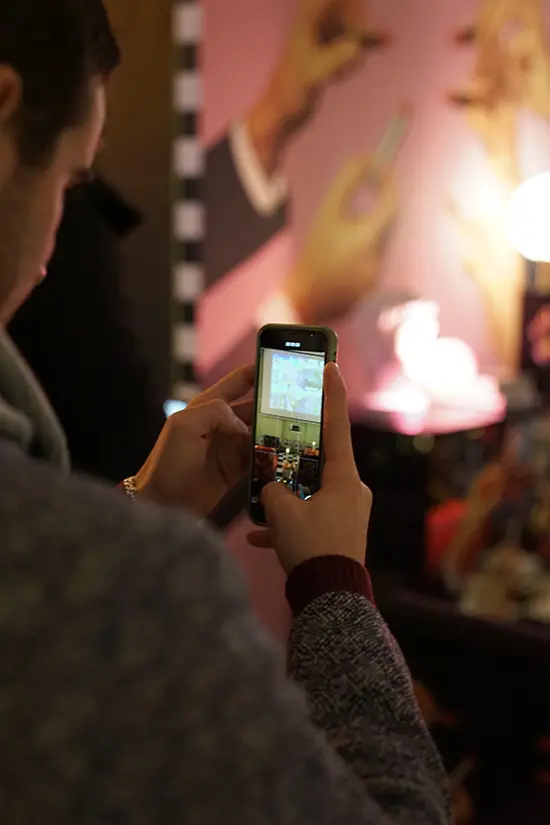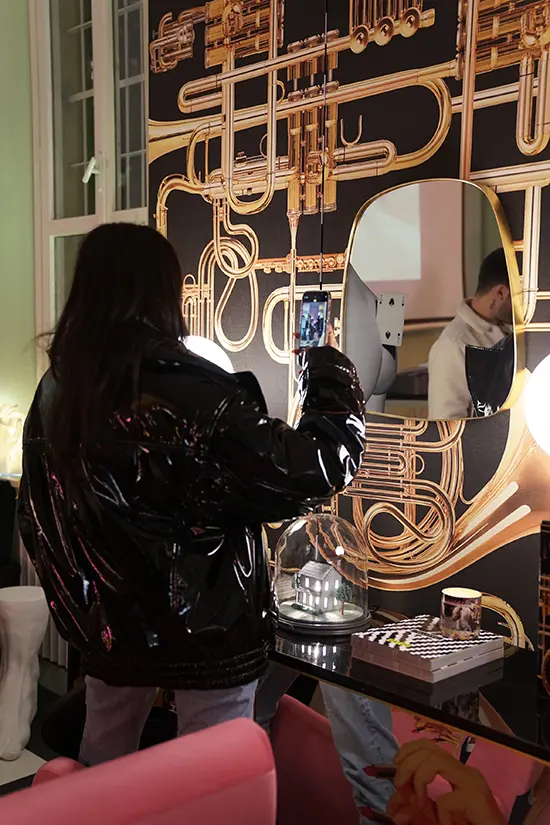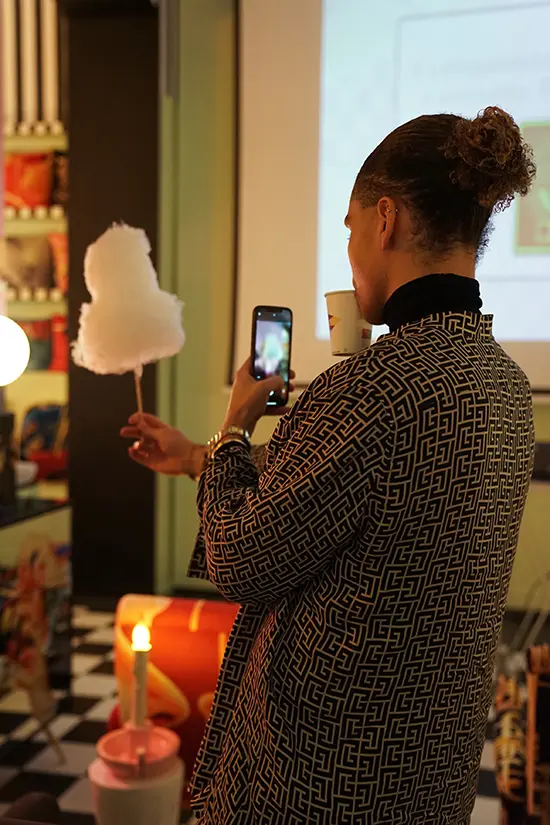From BIG to David Chipperfield, Frank Gehry to Snøhetta: a world tour of the best buildings set to open in 2026

The Chinese social video network most popular with young people and the design world: a budding relationship. Experimenting with reaching out to an audience that often only represents potential clients
The relationship between the furnishing companies and TikTok is a budding one. It’s really only just taken off. There’s curiosity as well as distance from what is the most popular social network with young people - not exactly the current target group for the big brands that have built the history of design. Some, however, have dipped a toe in and started to experiment with the Chinese social video network operated by ByteDance.
Lago, for example, recently announced that it wanted to try using TikTok to find new, more informal ways of staying in contact with and broadening a community that so far numbers “more than a million people. ” Daniele Lago, CEO & Head of Design of LAGO, filled us in on the company’s new digital path: “The last two years have shown and taught us that empathy has an even more central part to play in establishing balanced relationships. That’s why we have decided to launch a further form of interaction between the brand and the outside world, taking into account the many and varied sensibilities that make up human beings. We thought it right to try and intercept a very different audience to the one we’ve aimed for so far, i.e. younger people. I think that they too could find design a very useful discipline; basically it teaches you to find solutions through a design approach. This obviously affects the spaces in which we live, where our mission is, and will continue to be, to come up with residential solutions that will improve people’s lives. Young people are our future and I think it will be interesting to find out what drives them so that we can work on the future.”

Photo courtesy Seletti
Seletti also uses TikTok: “We started focusing on digital and Seletti’s online presence began with a very precise idea in mind back in 2016, when we launched our e-commerce on the Italian market. Since then we have worked on a social media communication strategy, with the result that we have built up a brand fanbase and established a well consolidated web reputation. We started using TikTok in 2020 with the support of the talented Defhouse creators, who came up with some exclusive content for our page. We have recently reached out much further to Gen Z, involving young, popular Tiktokers in a Christmas event dedicated to them in the Milan showroom in Corso Garibaldi.”
Stefano Seletti, the firm’s creative director, had this to say: “My greatest source of inspiration has always been my daughters and my nieces and nephews. I’ve always tried to draw inspiration from the way they look at and experiment with things. I’m sure it’s this approach that has built a client target base with a strong component of the new generations. They see us a brand that caters to them, in which they recognise themselves. Our digital strategy has indubitably been a major part of this. We have experimented here too, perhaps more than others, by reaching out to the world of influencers with unexpected activities. TikTok has opened a new frontier for us: the Tiktokers event we held at Christmas confirmed the vitality and the energy of the new generations. Not just that, but I was the happiest father in the world: my daughters couldn’t wait to take part in one of the company’s events for the first time ever!”.

Photo courtesy Seletti
Arflex is another furnishing brand that has adopted TikTok, making its debut more than two years ago, with a forceful approach and digital content production previously tried and tested on other media. “Over the last few years, social media channels have changed the relationship between end clients and companies. People who use social media for direct communication expect an almost immediate response to every request. They want technical and commercial information, as well as advice on final choices. A virtual relationship is established,” says the company, which sees TikTok as “an opportunity to make visual contact with outfitted, finished spaces, trying to conjure up the excitement of a location and showing the product in different guises and situations.”
It’s not just a matter of communication with the outside world. One particular experiment was carried out by the Swiss V-Zug company, which specialises in the production of electrical appliances for kitchens and laundries, which is using TikTok not as a means of brand communication but as an employer branding tool: “It’s used by the internal training academy where 100 apprentices are working for our company. It’s a platform for reaching potential new candidates for our apprenticeship programmes,” said the company.

Photo courtesy Seletti
Simona Flacco and Riccardo Crenna of Simple Flair, a digital creative consultancy, also reflect on the differences between TikTok and other, better-known social media: “People who use this platform are usually interested in numbers. If a business video clocks up thousands views on Instagram, it can notch up hundreds of thousands on TikTok. The results, however, don’t have the same value, the same importance. Because the algorithms work in different ways, because there are different logics. For example: on TikTok I don’t look at who I’m following but whoever happens to be featured on the landing page. If I pause on the subject of food, I will only see food from then on. That’s why it’s more important to think around the content, rather than the fanbase, unlike Instagram, where building a community is fundamental. On TikTok successful content reaches many different people. One such example is the Tiktokers who are famous for videos that have gone viral. You need a publishing plan in order to manage a fanbase on Instagram. On TikTok the whole point is entertainment: you repeat a successful format. As a tool, TikTok has greater affinities with the television world than with the social media channels – for example the Instagram creators are paid by the companies, those of TikTok are paid by TikTok itself.”
Target groups are a subject on which Simple Flair dwells further: “The various channels, the newsletter, the website, the different social media all speak to their own audiences. When it comes to TikTok there’s unquestionably a generational theme. You have to go onto that social platform to speak to an audience that will become your client, but isn’t yet. People often make the basic error of going onto social media to bump up the numbers. But that’s not how it works. You go onto social media to address your own community. Businesses need to look at their own target groups and build their content around them. It makes sense to go onto TikTok when there’s a wider strategy. Unfortunately the presence of many furnishing companies on social media is obsolete. Design is 5-6 years behind other creative sectors when it comes to digital communication. The pandemic narrowed that gap, but didn’t fill it. Sometimes we pay for being excessively pragmatic: investing only where there’s a certainty of returns. Something that no longer exists. It’s time people felt the need toto experiment again. Cast their net a bit wider.”


 Stories
Stories








